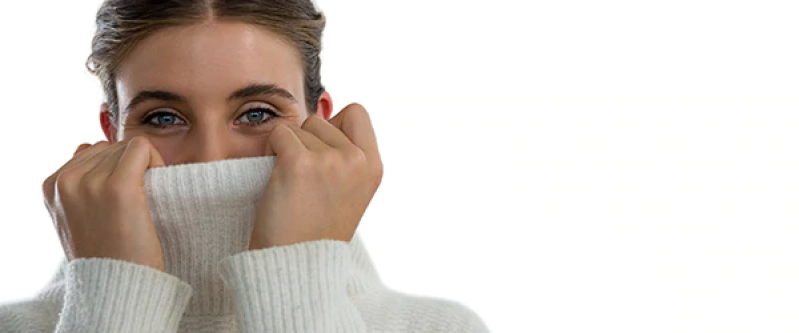-
Your concerns
Our articles to help you gain a better understanding
-
Our solutions
-
Ducray Dermatological laboratories
Our articles to help you gain a better understanding

The face is without a doubt the most visible part of the human body, the one people remember when they pass you by in the street. The face is sometimes a part of the body affected by eczema and it is not easy to live with daily.
Babies, children, adults… facial eczema affects people of all ages. Symptoms of facial eczema include red plaques on the face, itching, dry and sensitive skin. Facial eczema lesions can be found anywhere on the face, sometimes with differences according to age. Here are the areas affected by facial eczema according to age:
In case of facial eczema, the skin of the face becomes a source of discomfort. The itching associated with facial eczema disrupts people’s relationships with others and their sleep. The red plaques on the face are misunderstood by those around them, who may suspect a lack of care, a contagious disease or too much stress, etc.
The treatment of facial eczema is the same as for the rest of the body, except that the skin of the face is thinner and more fragile:
Make-up is perfectly possible in case of facial eczema. It does not cure facial eczema, but it can be used to camouflage the lesions and to improve daily life.
The green color of some sticks can effectively neutralize the red plaques on the face.
Skin prone to atopic eczema, contact eczema, chronic eczema and/or, eyelid eczema
NEWSLETTER
Dermatological expertise
To better understand your skin and hair, discover our exclusive content and innovative care products designed to improve your quality of life..